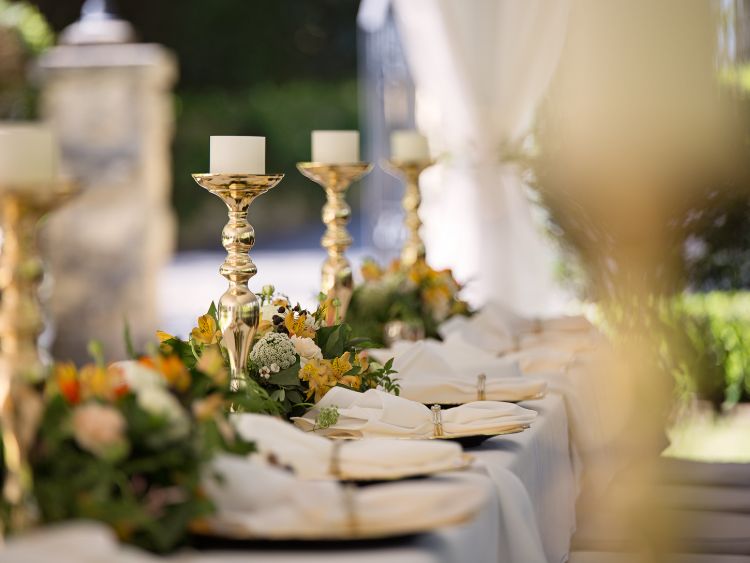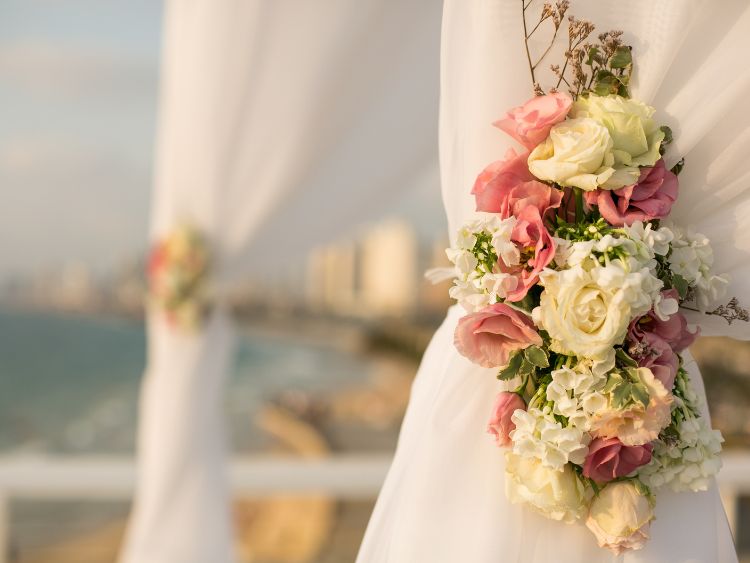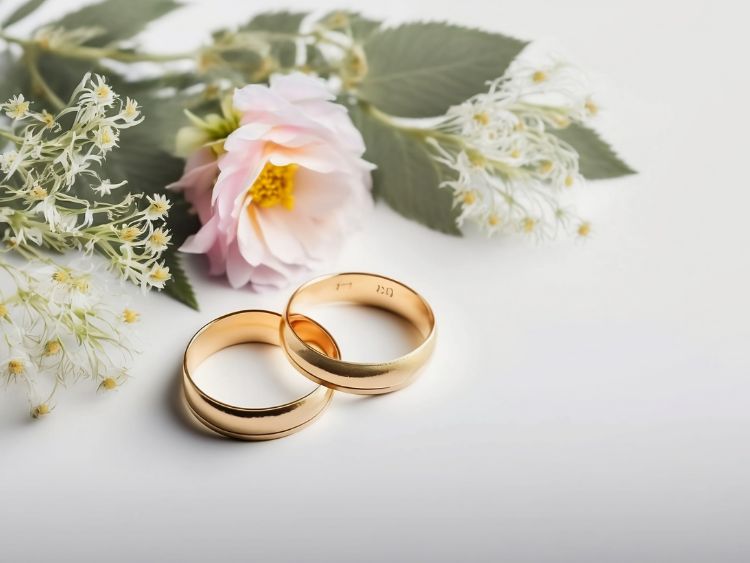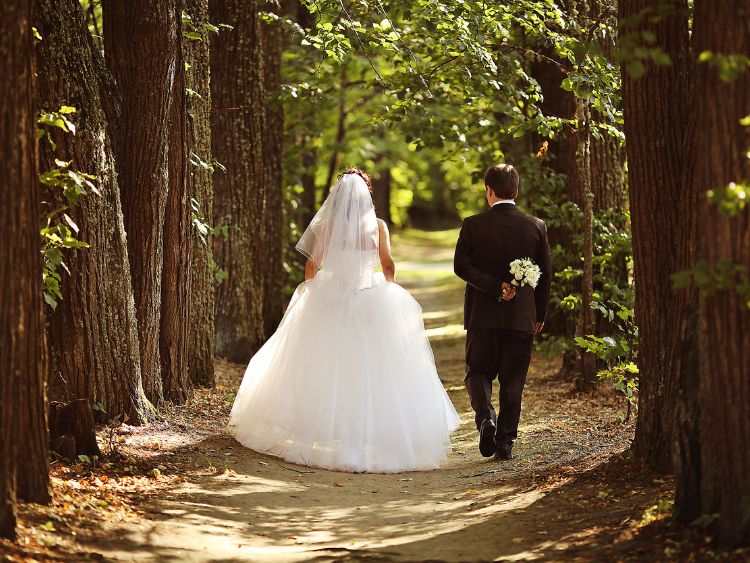The Ultimate Guide to a White Tie Event: Unraveling the Elegance of the Most Formal Dress Code
When it comes to the epitome of sophistication and formality in the world of dress codes, nothing quite matches the grandeur of a white tie event. Often reserved for the most prestigious occasions, a white tie affair is not just about looking sharp—it’s about embodying a tradition of elegance that dates back centuries. Whether you’re attending your first white tie event or simply curious about the nuances of this elite dress code, this guide will walk you through everything you need to know.
What Is a White Tie Event?
A white tie event is the most formal type of dress code, surpassing even black tie in terms of opulence and strictness. Historically associated with royalty, state dinners, and high society balls, white tie events demand a level of sophistication that few other occasions can match. The dress code for men typically includes a black tailcoat, white bow tie, and a formal white shirt, while women are expected to wear full-length evening gowns, often accompanied by elegant accessories like opera gloves and tiaras.
Why the Fuss About White Tie?
White tie events are steeped in tradition and carry an air of exclusivity. Attending one is not just about adhering to a dress code—it’s about participating in a long-standing tradition that reflects a commitment to elegance and grace. The attention to detail required for a white tie event is unparalleled, making it an experience like no other.
Understanding the White Tie Dress Code
For Men
- Tailcoat: The cornerstone of the white tie attire is the black tailcoat, which is designed to be worn open. The tailcoat should fit perfectly, as any misfit can easily ruin the overall look.
- White Bow Tie: The white bow tie is non-negotiable. Made of cotton piqué, it should be hand-tied and sit neatly against the shirt collar.
- Formal White Shirt: A white dress shirt with a wing collar is mandatory. The shirt should be starched to maintain a crisp appearance throughout the evening.
- Waistcoat: A white piqué waistcoat, usually low-cut, complements the shirt and bow tie. It should be perfectly fitted and not visible below the front of the tailcoat.
- Trousers: High-waisted black trousers with a satin stripe down the side are part of the ensemble. They should be properly tailored and worn with braces, not a belt.
- Footwear: Patent leather shoes, typically in the form of black opera pumps with a bow, complete the look.
For Women
- Evening Gown: A full-length evening gown is a must. The gown should be elegant and formal, often featuring luxurious fabrics such as silk or satin.
- Gloves: Opera-length gloves are a traditional accessory, adding a touch of sophistication to the outfit.
- Jewelry: While subtlety is key, women often wear heirloom jewelry or pieces that complement their gowns. A tiara is appropriate if the event is of royal or state nature.
- Shoes: Heels are expected, and they should be as formal as the rest of the ensemble. Closed-toe designs are preferred.
- Handbag: A small, elegant clutch bag is the standard accessory. It should be understated and in harmony with the gown.
How to Prepare for a White Tie Event
1. Start Early
Given the intricacy of the white tie dress code, it’s essential to start preparing well in advance. This includes getting your attire custom-fitted if necessary, as the precise fit is crucial to pulling off the look.
2. Understand the Etiquette
White tie events are governed by strict etiquette. From the way you carry yourself to how you interact with other guests, every aspect of your behavior should reflect the formality of the occasion. Research the specific traditions and expectations associated with the event you’re attending.
3. Grooming Matters
Your grooming should be impeccable. For men, this means a clean shave or well-maintained facial hair, polished shoes, and neatly combed hair. Women should consider professional hairstyling and makeup to complement their attire.
4. Accessorize Thoughtfully
Accessories should enhance your outfit without drawing undue attention. For men, this might include cufflinks and a pocket square, while women can consider understated jewelry that adds a touch of elegance.
5. Be Punctual
Punctuality is critical at white tie events. Arriving late can be seen as disrespectful, so plan to arrive on time—or even slightly early.
Common Mistakes to Avoid at a White Tie Event
- Improper Fit: Ill-fitting attire is the quickest way to ruin your white tie ensemble. Make sure everything from your tailcoat to your trousers is perfectly tailored.
- Casual Accessories: Avoid accessories that could be considered too casual, such as colorful pocket squares or overly flashy jewelry.
- Neglecting Grooming: Even the most impeccable outfit can be undone by poor grooming. Pay attention to every detail, from your hair to your nails.
- Forgetting the Details: Little things like the right type of socks (always black and thin) and the proper way to tie a bow tie can make or break your look.
FAQs About White Tie Events
- What is the difference between white tie and black tie? White tie is more formal than black tie. While black tie allows for some variation and modern twists, white tie is strictly traditional, requiring specific attire and accessories.
- Can I wear a colored bow tie to a white tie event? No, the bow tie at a white tie event must be white and made of cotton piqué. Any deviation from this is considered inappropriate.
- Is it acceptable to wear a wristwatch at a white tie event? Traditionally, a pocket watch is preferred over a wristwatch. However, if you choose to wear a wristwatch, it should be discreet and formal.
- Can women wear a cocktail dress instead of a gown? No, women are expected to wear full-length evening gowns. A cocktail dress is too informal for a white tie event.
- What should I do if I’m unsure about the dress code? When in doubt, always err on the side of formality. It’s better to be slightly overdressed than to risk being underdressed.
Conclusion
Attending a white tie event is a rare and prestigious opportunity to experience the height of formal elegance. From the meticulous attention to detail in your attire to the grace with which you carry yourself, every aspect of a white tie event is designed to reflect a timeless tradition of sophistication. By following the guidelines laid out in this article, you’ll not only look the part but also feel confident in navigating the nuances of one of the most exclusive dress codes in existence.
Authoritative Links
- History of White Tie Events: www.example.com/history-of-white-tie
- Proper Grooming for Formal Events: www.example.com/formal-event-grooming
- White Tie Etiquette Guide: www.example.com/white-tie-etiquette
This article aims to provide a comprehensive guide to understanding and preparing for a white tie event. By adhering to the traditions and expectations of this formal dress code, you can ensure that your presence at such an event is both respectful and memorable.



